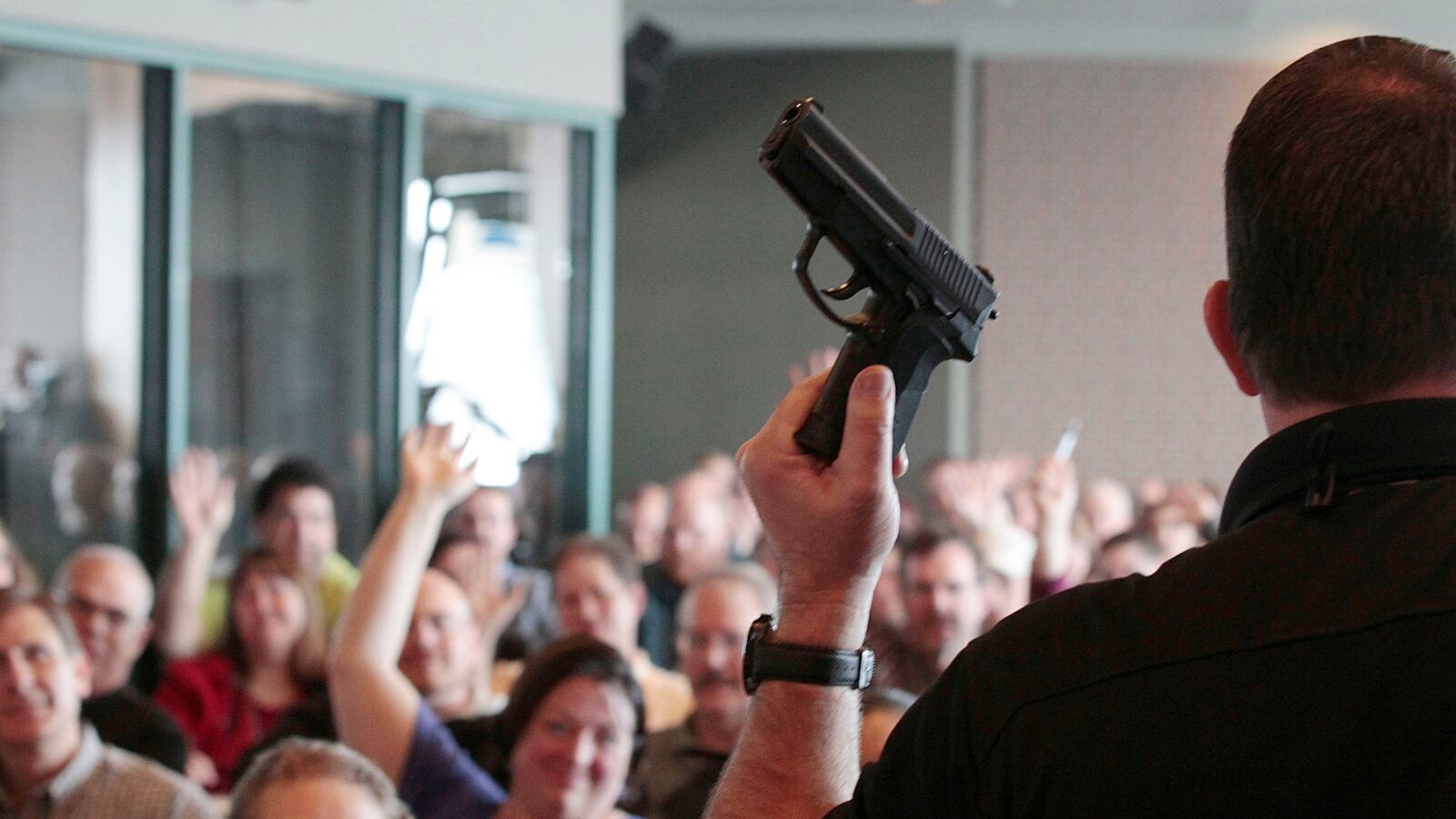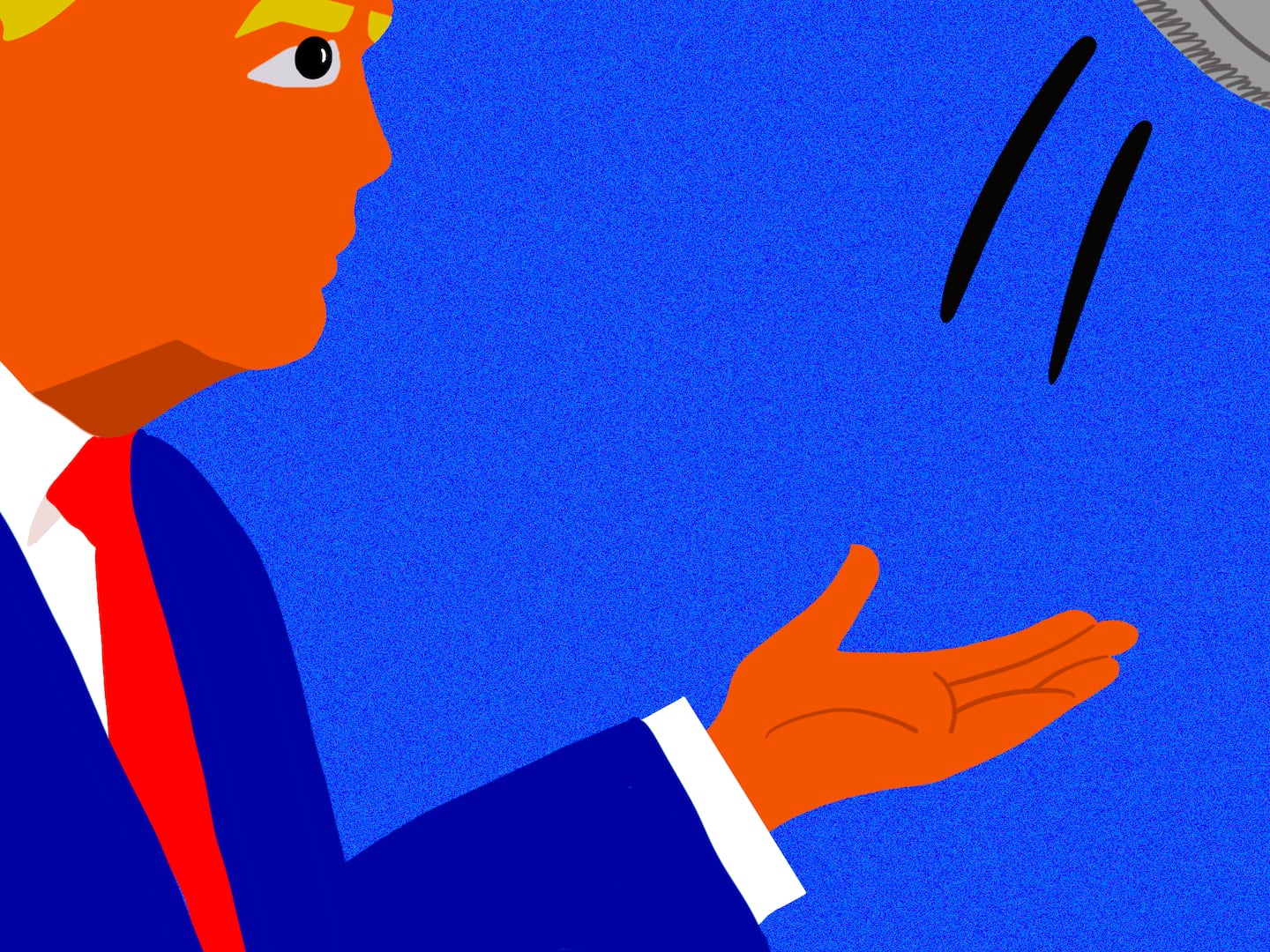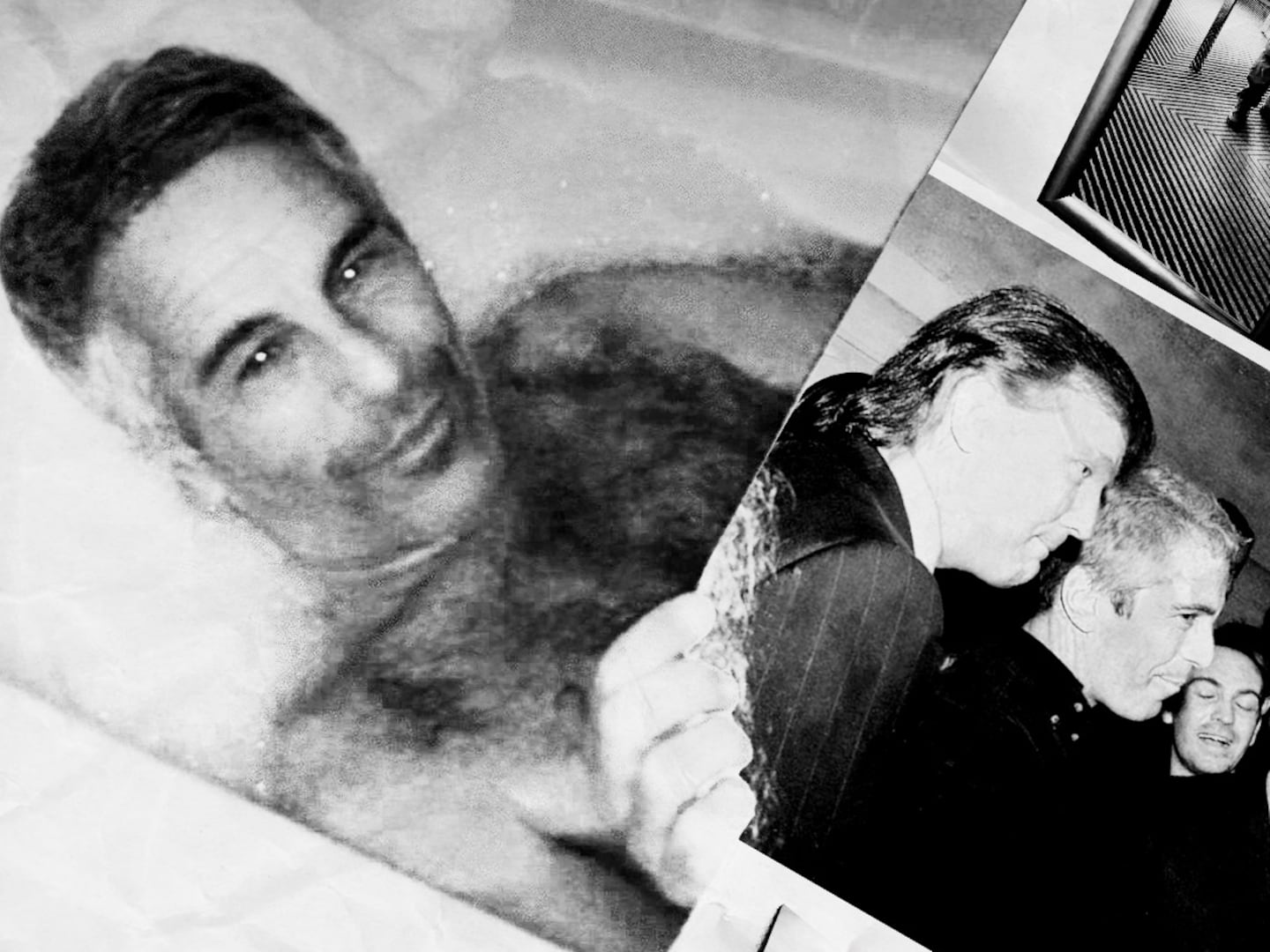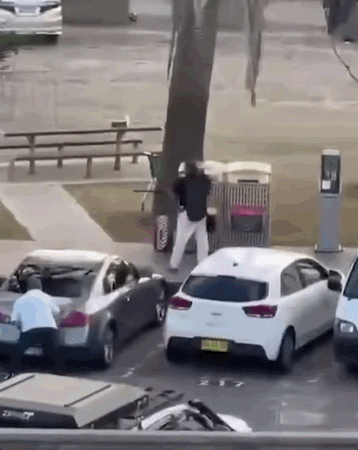After the Sandy Hook Elementary School shooting, some people suggested letting teachers carry guns. Putting aside one’s visceral reaction to such an idea, here is what they’re really talking about: terror beyond anyone’s wildest nightmare. I know from experience—or rather, simulated experience.

At a shooting school in Las Vegas, I met Billy Stojack, a burly, egg-bald Vietnam vet who trains elite cops to handle shoot-don’t-shoot situations. He stood me in front of what looked like a stretched bed sheet and strapped a loaded Glock to my hip. “What’s going to happen is, you’re going to see a scenario played out on that screen, and you have to decide whether or not to shoot.”
“I shoot at the screen?” It was rubber, Billy explained, so the heat of the bullet passing through would cauterize the hole and seal it up. Sensors would detect my hits, and a computer would analyze them instantly. Depending on where the bullets hit, the people on the screen would react—either fall down or not. (The scenes were filmed dozens of times, he said, allowing for every eventuality.) “These are what we call ‘active shooter’ situations,” Billy said. “You have an unknown number of active shooters in a building. Here we go.”
The range went dark, the screen came to life, and I was in some kind of school building: cinder-block walls, bulletin boards, office doors with cartoons tacked to them. Up came the sound, realistically loud: people screaming and, in the distance, muffled gunshots. I drew the Glock and held it with both hands.
I found myself moving down a hallway. My heart was somewhere up around my collarbones. My hands were sweating. I realized how many places there were in a school for a bad guy to hide. That doorway! Behind that fire extinguisher!
Loud screams erupted as I turned and stepped through a doorway. Someone came running from the gloom at the end of a hall—a young woman, crying and pointing behind her. I raised the gun as another person came running—someone chasing her? No, a screaming man with empty hands.
I was gasping audibly, my torso rigid with fear, as I turned left into a classroom. People were lined up against a blackboard, crying. On the floor lay at least one body, maybe two. In front of me, a big woman had her arm around another woman’s neck and a gun to the woman’s head.
I froze. The woman with the gun was yelling at me. Everybody else was screaming; the noise was overwhelming, the tableau so terrifying that my brain locked up. I don’t know how long I stood there, frozen, before the screen went dark.
Billy appeared at my shoulder. “You should have shot her.”
“What?” I squeaked. I felt like I’d been plugged into a wall socket. “I was afraid of hitting the hostage.”
“The hostage is dead already,” Billy said calmly, and fixed me with the kind of level gaze I imagine he used in combat when delivering such news as “The leg has to come off” or “You’re dying.” I must have been trying to break eye contact, because he moved his head sideways a little to keep me locked in. “You’ve got bodies on the floor,” he said. “Look at me. Bodies on the floor shows intent. The woman with the gun has demonstrated she is willing to kill and she’s going to kill again. You have only three options. You can back away; she kills the hostage. You can shoot and maybe hit the hostage. Or you can freeze, like you did, and she kills the hostage and you both. Either way, the hostage is already dead; you have to save yourself and everybody else in the room.”
“Christ.” I blinked and shook my head, like a dog shaking off water.
“It’s the real deal,” he said.

I went through about a dozen scenarios: a high school, an office building, the Las Vegas City Council Chambers. In a shopping mall, I hesitated because an innocent person was behind the shooter and I feared hitting her. Mistake: he shot her dead in the next instant. In another, the student I thought was the shooter turned out to be a bystander, and while I didn’t shoot him—thank goodness—my split-second mistake gave the shooter a chance to kill me. Billy gave me lots of tips, some legal, some mental, some technical. He told me, for example, to put an extra bullet in a guy you think is dead.
“Isn’t that murder?”
“A gunfight is to the death,” he said. “Yours or his. He could be only wounded, and shoot you as you pass."
After I hurriedly shot a perfect ring around one assailant’s head, and died, Billy told me to take the extra second to aim. “You can’t miss fast enough to win a gunfight.”
By the end of the afternoon, I was soaked in sweat and needed to sit down and eat something with sugar in it. I hadn’t done very well. In some situations, I’d been frankly useless. But in none would the innocents on the screen have been better off if I hadn’t been there with my gun.






